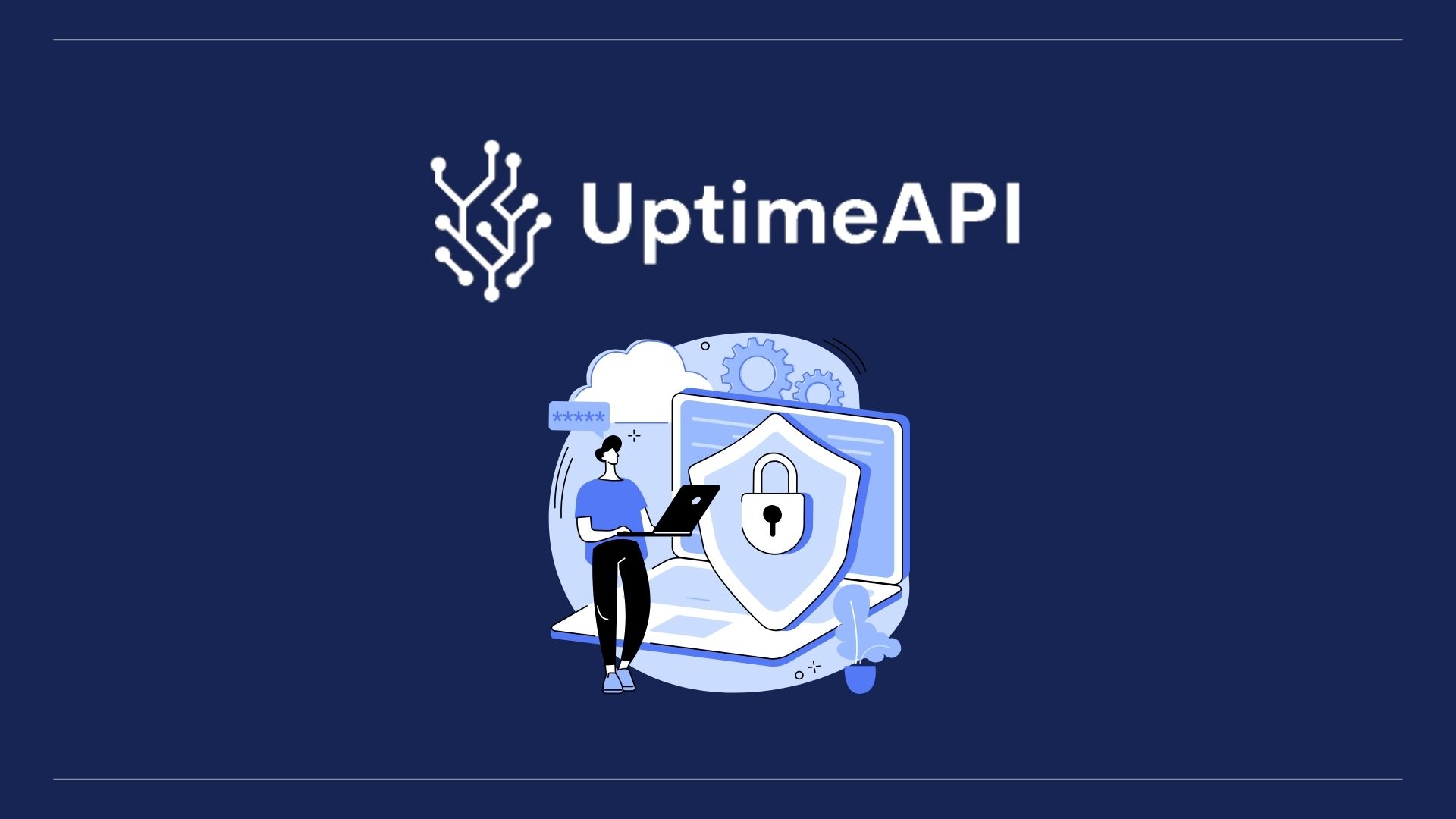API Monitoring: Optimize Your APIs With Continuous Monitoring

API monitoring is essential to guaranteeing the smooth functioning of apps and services in the modern digital environment. The value of API monitoring is immeasurable given how much more networked systems are used by enterprises. Along with improving overall user experience and operational efficiency, it also protects API performance.
Importance of API Monitoring in Today's Digital Ecosystem
Maintaining the dependability and accessibility of services that depend on APIs requires regular API monitoring. By giving real-time insights about API health, it guarantees that such problems are found and fixed right away. By taking a proactive stance, companies can maintain service standards and satisfy client demands.
Beyond simple observation, continuous API monitoring enhances API performance through proactive management of error rates, response times, downtime, and other crucial parameters. Organizations can improve service dependability and customer happiness by proactively resolving issues before they affect end users by implementing a continuous monitoring strategy.
Key Objectives
Several important goals are attained by effective API monitoring, all of which are necessary to preserve the best possible API performance and dependability. These goals include monitoring performance data in real time, maintaining high uptime, reducing downtime, controlling error rates, and maximizing throughput and latency.
API behavior is systematically observed and analyzed as part of API monitoring to make sure predetermined performance requirements are met. It includes a thorough assessment of the functionality and responsiveness of the API under various load conditions. Fundamentally, API monitoring comprises watching API endpoints continuously in order to spot irregularities or performance that deviates from expectations. It is layered across the API architecture with an emphasis on performance measurements and real-time data processing.
When assessing API performance and pinpointing areas for development, performance measurements act as benchmarks. A number of critical performance indicators, including throughput, latency, error rates, response time, and uptime, are crucial for assessing the general effectiveness and health of APIs. The speed and effectiveness of API interactions are significantly influenced by response time. Reliability of the system and a smooth user experience depend heavily on quick reaction times.
Uptime API
You can keep an eye on your APIs with Uptime API. It functions by routinely verifying that your APIs are operational and functioning as intended. It's simple to set up monitors. By giving the URL of the desired API endpoint to be watched and setting the watch's intervals and timeouts, you can establish monitors. The length of time the API will wait for a response is defined by timeouts, and the frequency of API health checks is determined by monitoring intervals. With these options, you may tailor monitoring to your own needs and tastes.
From your Uptime API dashboard, you can set up alerts and choose which contacts should receive notifications. You can therefore inform your team. You can select the package that best meets your monitoring requirements from a range of configurable options with different monitor limits. In addition, it offers statistics and historical data so you may monitor changes in API uptime and performance over time. Obtain access to your logs so you may investigate any API problems.
Examine historical performance patterns and make conclusions based on veracity. You may customize alerts to meet your needs and prevent pointless disruptions. Monitoring of APIs in real time with instant insights. Select the alert delivery mode that works best for you, whether it's webhook notifications, SMS, or email.
